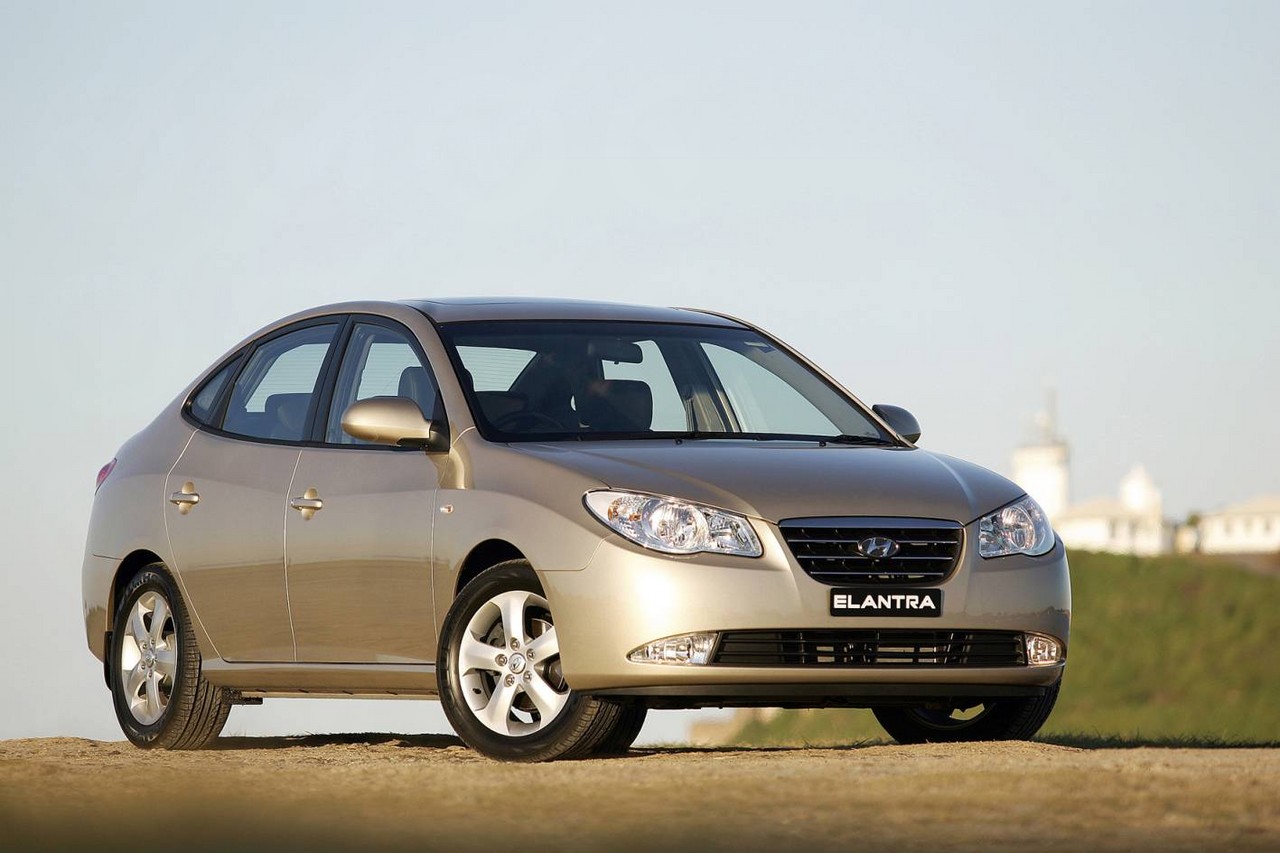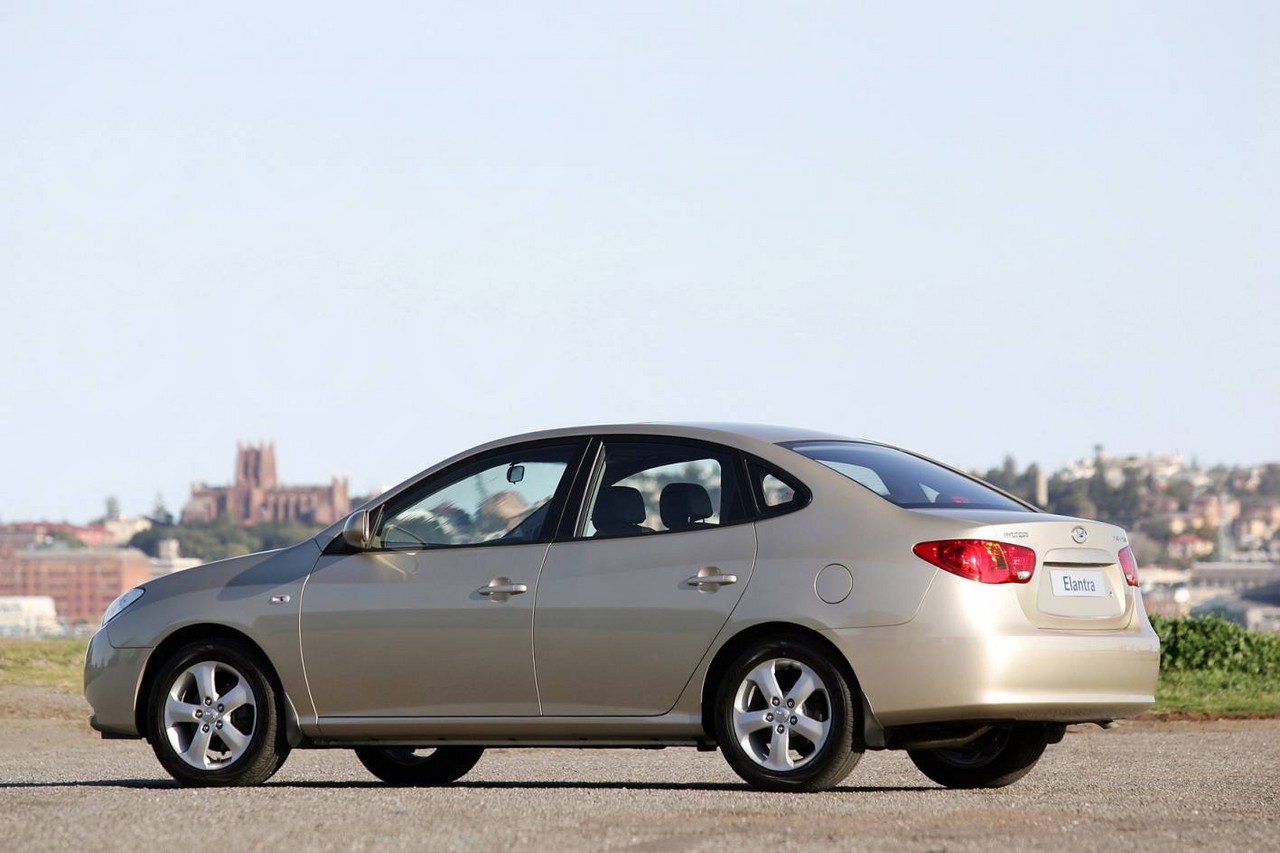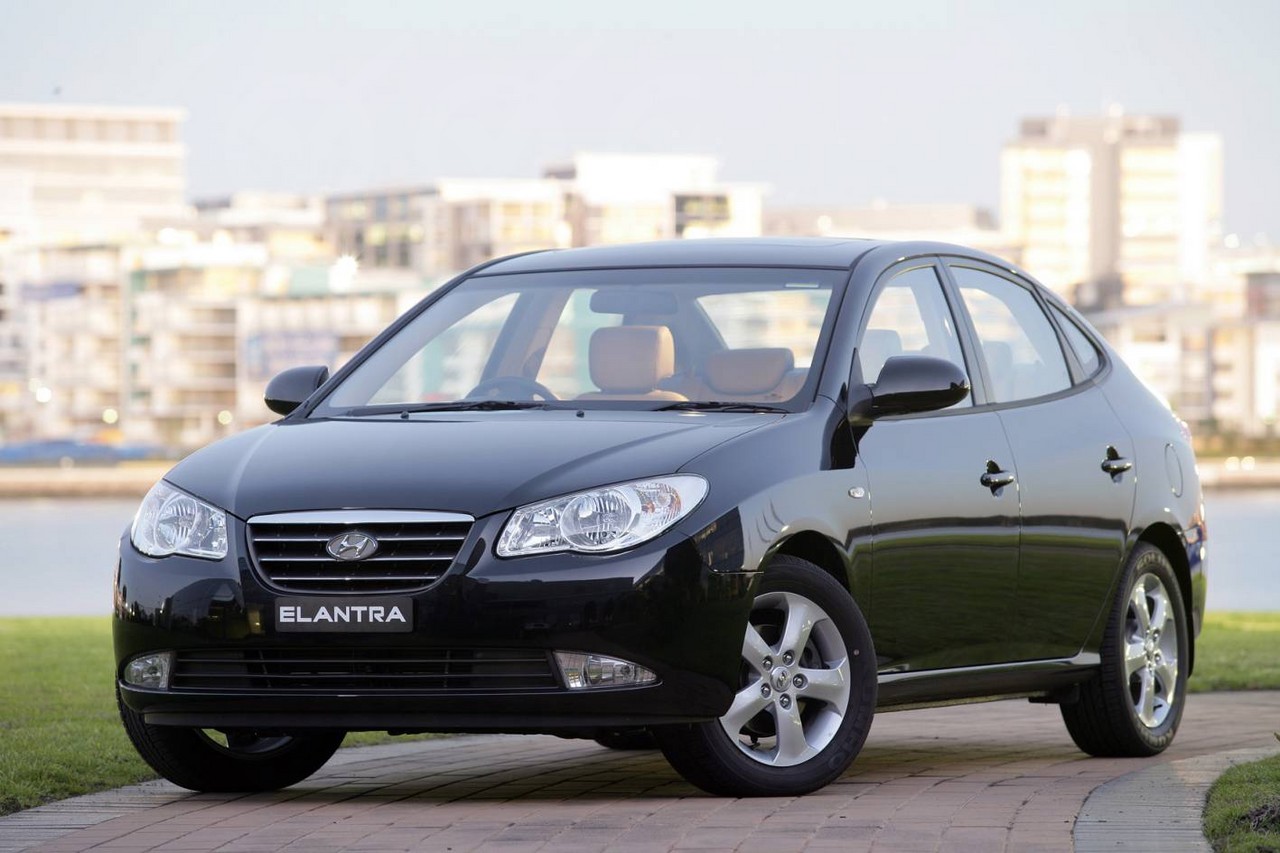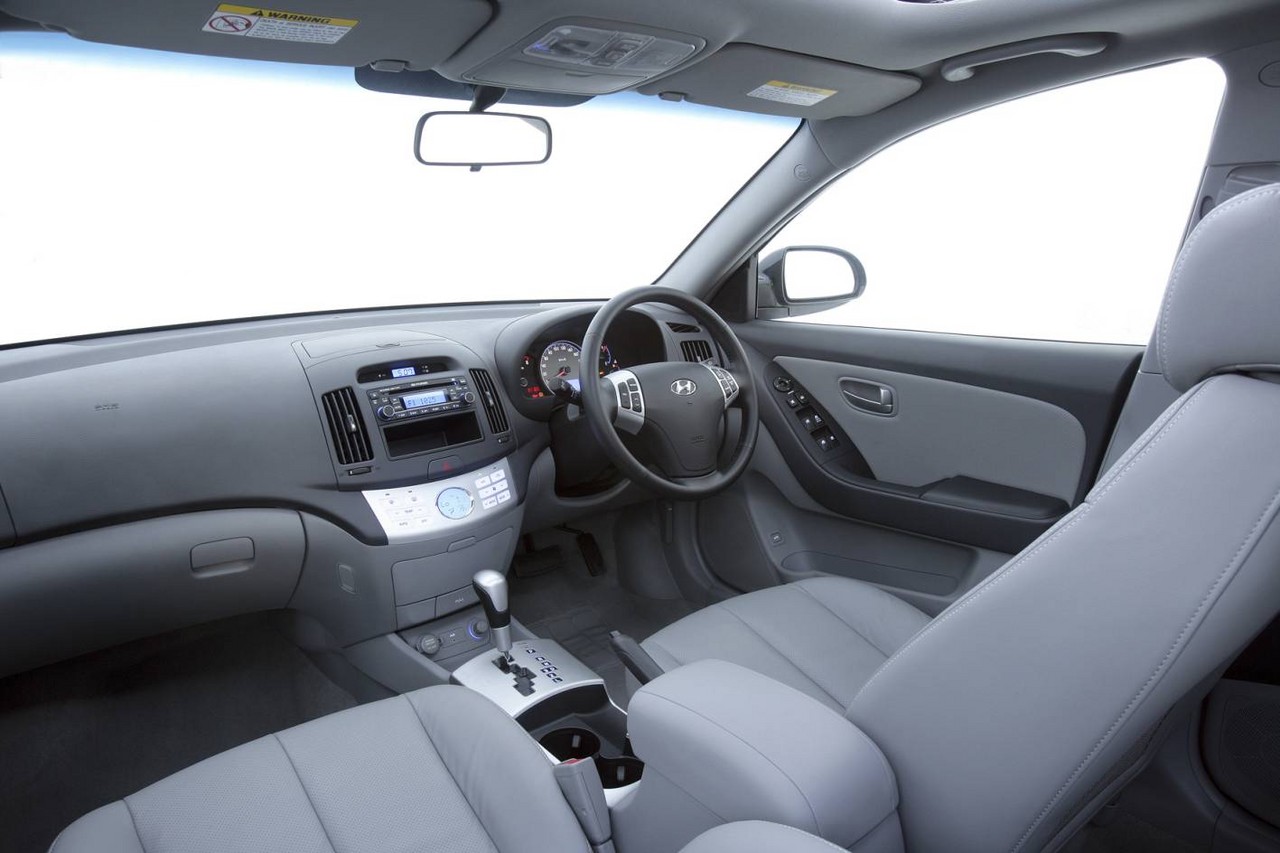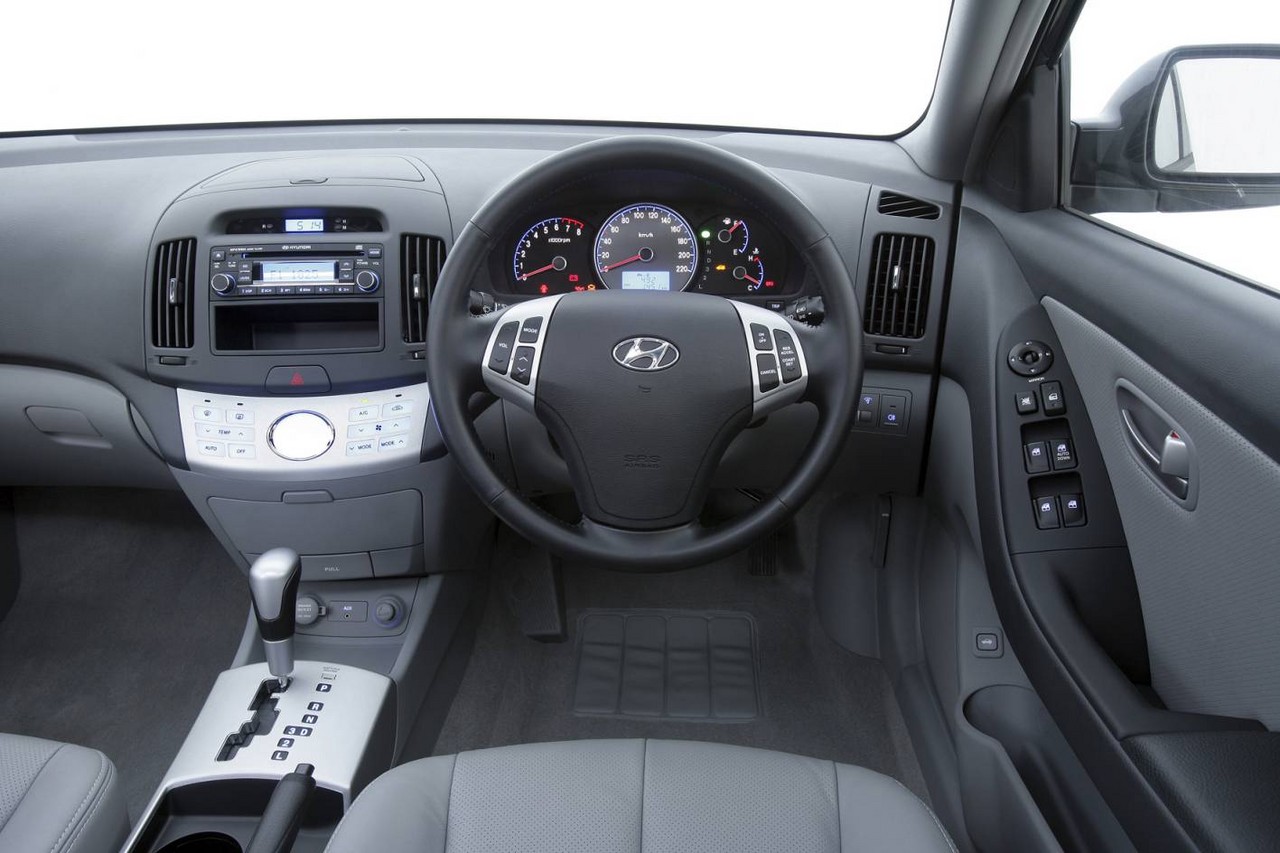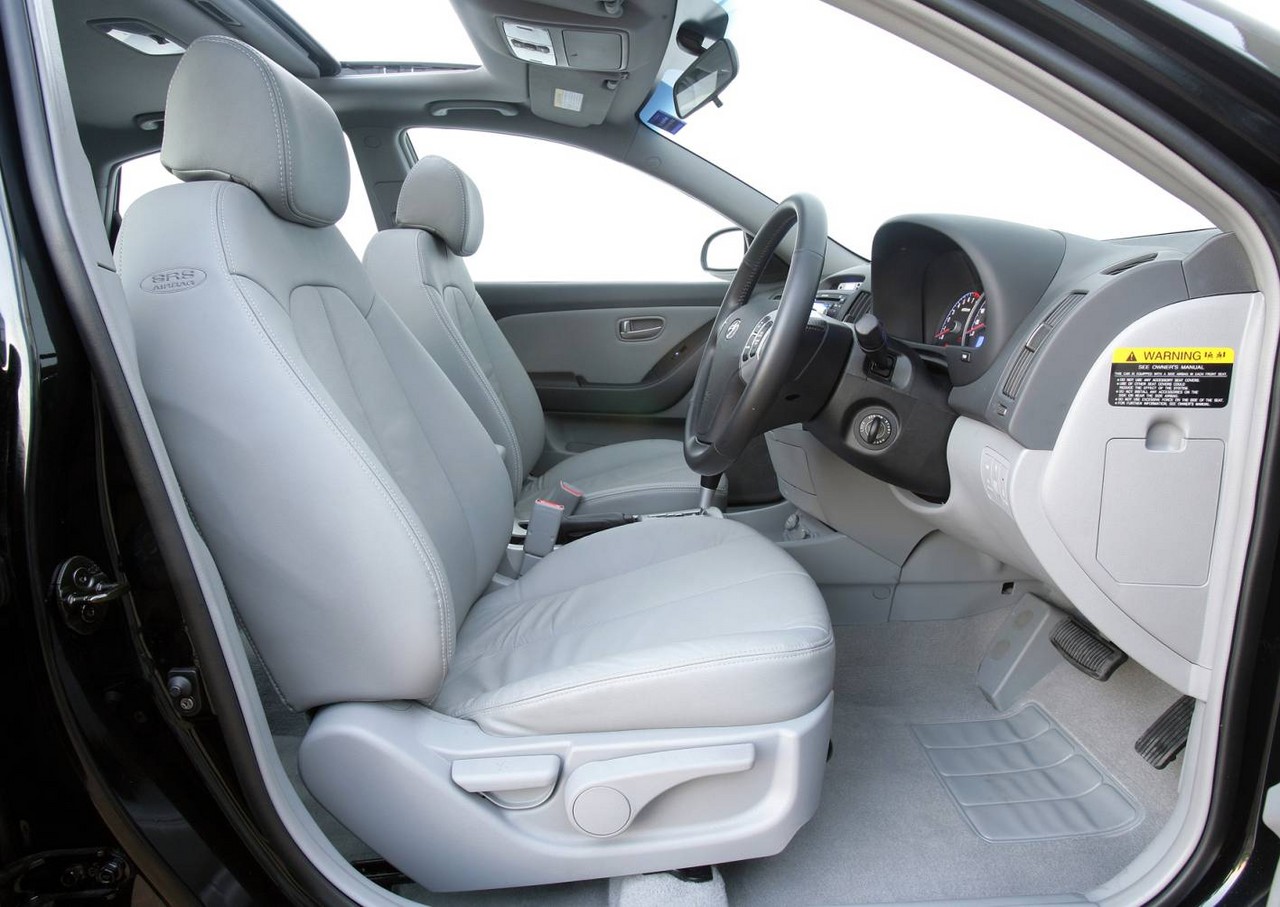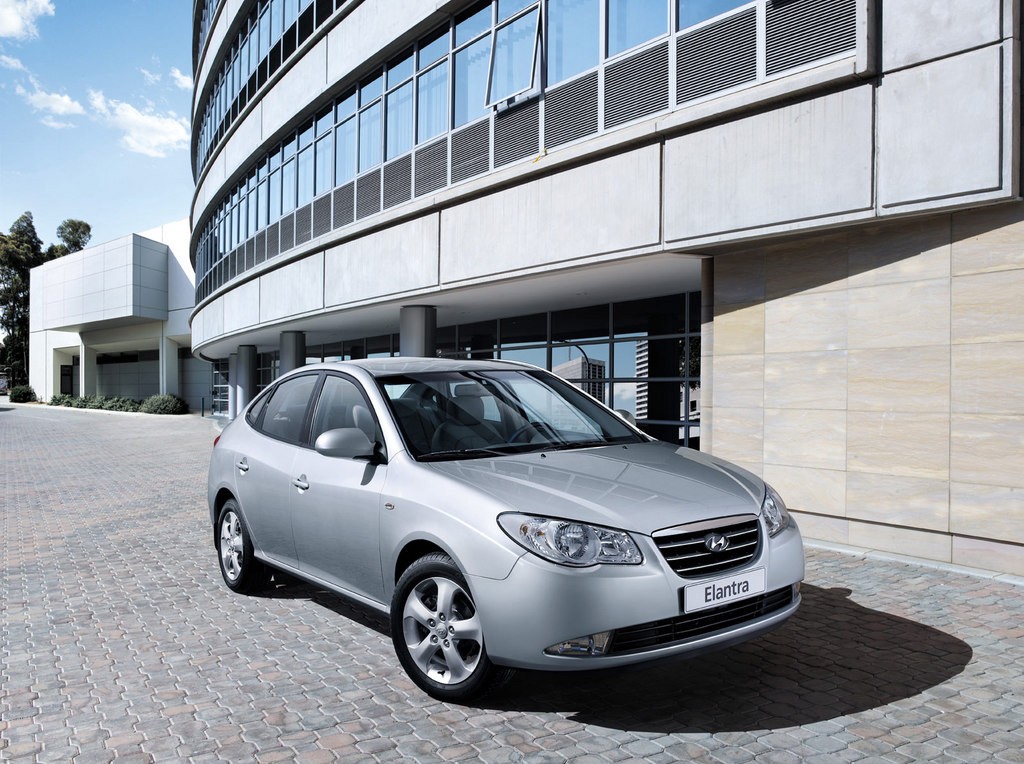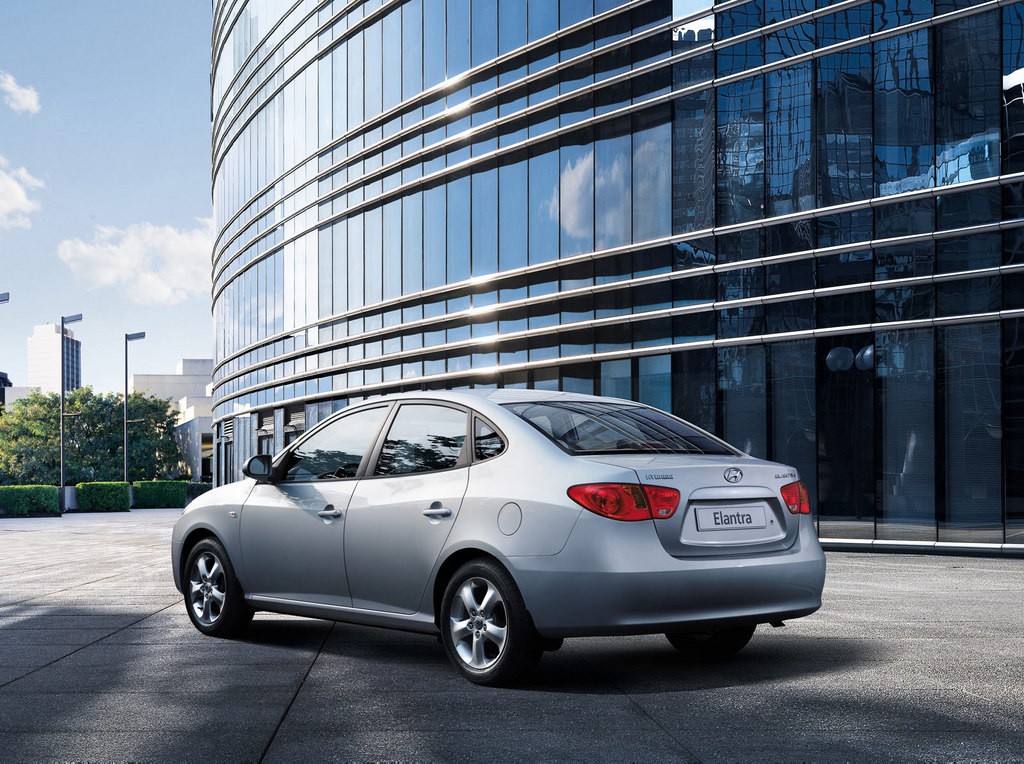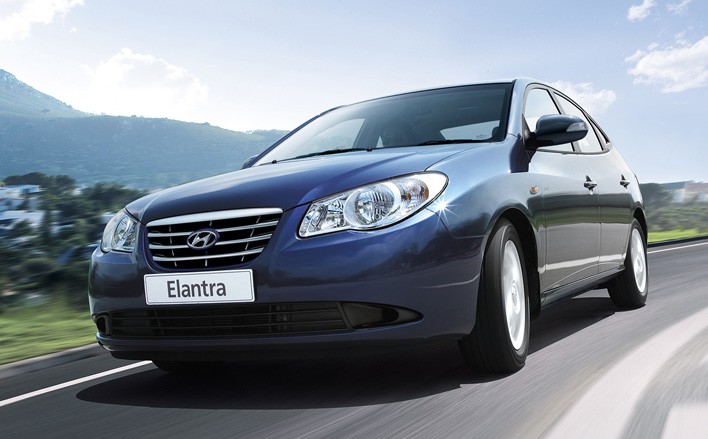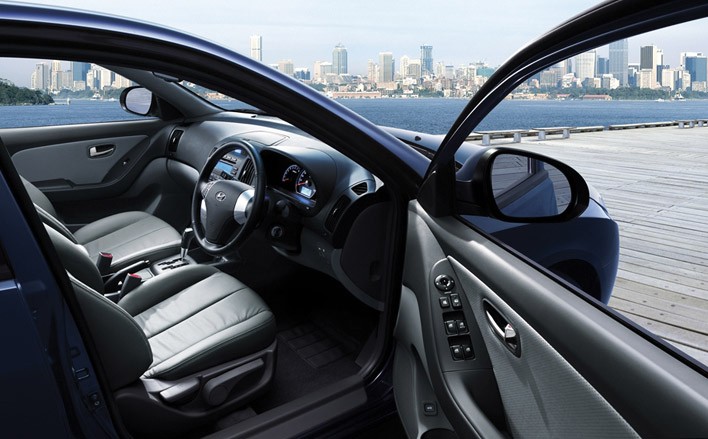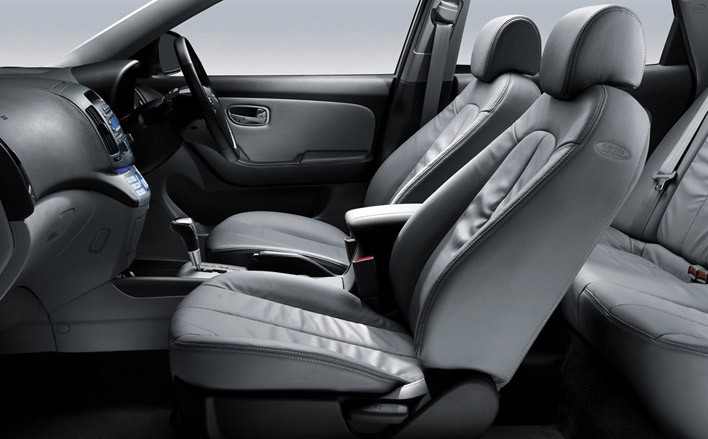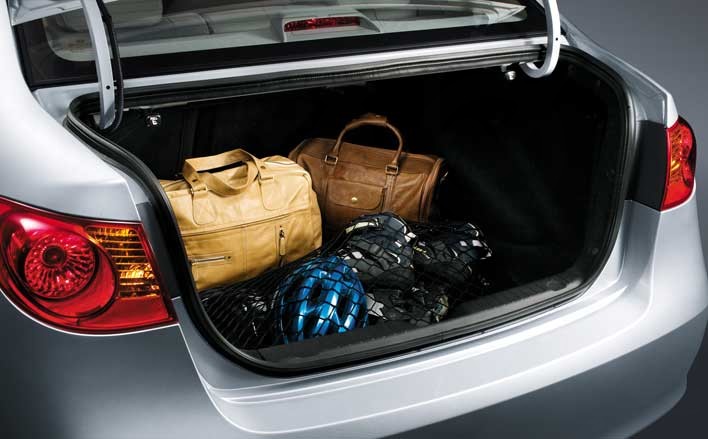
- Willing 2.0-litre petrol engine
- Comfortable ride
- Spacious and comfortable interior
- Under-damped suspension lacks body control
- Light, overly-assisted steering
- Automatic transmission lacks refinement
Review: Hyundai HD.I Elantra (2006-09)
Overview
Released in August 2006, the Hyundai HD Series I (HD.I) Elantra was a small, front-wheel drive sedan. Manufactured in Ulsan, South Korea, the HD Elantra was offered in three variants – SX, SLX, Elite and Elite S – though all were powered by a 2.0-litre four-cylinder engine that was mated to either a four-speed automatic or five-speed manual transmission (with the exception of the auto-only Elite S).
G4GC engine
The 2.0-litre G4GC ‘Beta’ petrol engine had a cast iron engine block, alloy cylinder head, double overhead camshafts (chain-driven), four valves per cylinder, continuously variable intake valve timing (CVVT) and a compression ratio of 10.1:1. Hyundai described the Beta engine in the HD Elantra as a ‘Series 3 variant’ as the CVVT and engine control unit (ECU) were recalibrated for improved fuel economy and lower emissions.
Dimensions and body
Compared to its XD Elantra predecessor, the HD Elantra was 20 mm shorter (at 4505 mm), but 50 mm wider (1775 mm), 65 mm taller (1490 mm) and had a 40 mm longer wheelbase (2650 mm). The HD chassis achieved a 49 per cent increase in bending stiffness.
Suspension and steering
As before, the XD Elantra had MacPherson strut front suspension (with coil springs and gas dampers) though the new ‘Independent Torsion Blade’ rear suspension had upper arms, a fourth link on each side and blade-type longitudinal links.
The HD Elantra also introduced a new Electric Assist Steering System (Hyundai’s EASS) which was engine and road speed-sensitive (for reduced steering effort during low-speed manoeuvres).
| Body | Variants | Engine | Trans. | Peak power | Peak torque |
|---|---|---|---|---|---|
| 4dr sedan | SX, SLX, Elite |
2.0-litre petrol I4 | 4sp auto, 5sp man. |
105 kW at 6000 rpm | 186 Nm at 4600 rpm |
| Elite S | 2.0-litre petrol I4 | 4sp auto | 105 kW at 6000 rpm | 186 Nm at 4600 rpm |
Safety equipment
Standard safety equipment for the Elantra SX included dual front airbags, ABS, electronic brake force distribution, active front seat head restraints and front seatbelts with load limiters and pretensioners. Front side (thorax) and full-length curtain airbags were standard on the Elantra SLX and Elite variants, while the Elite variants were also fitted with electronic stability control and traction control. The optional ‘Protectz’ safety pack enabled buyer’s to option the full complement of safety features which were fitted as standard on the Elite variants.
Brakes
The Elantra had 275 mm front brake discs and 262 mm rear discs.
ANCAP crash testing
Hyundai HD Elantra models that were manufactured prior to July 2007 and equipped with dual front airbags received a three star adult occupant protection rating in ANCAP crash testing with a score of 18.81 out of 37. In the offset crash test, protection from serious leg injury was poor for the driver and chest protection was marginal. In the side impact test, there was a moderate risk of serious chest and abdomen injury. In July 2007, the rear door mechanisms were upgraded and models manufactured after this date received an adult occupant protection score of 19.81 .
Post-July 2007 HD Elantra models that were further equipped with front side airbags and full-length curtain airbags received a three star adult occupant protection rating with a score of 20.76. Despite the additional airbags, there was still a moderate risk of serious chest and abdomen injury for the driver in the side impact test.
Features
Standard features for the entry-level Elantra SX included 15-inch steel wheels, a four speaker sound system with CD player, MP3/WMA/AAC compatibility and auxiliary inputs (3.5 mm/iPod), air conditioning, rear fog lights, 60/40 split and folding rear seats, remote central locking, power windows and mirrors, a height adjustable driver’s seat, tilt-adjustable steering wheel, 12 volt power outlet, an alarm and immobiliser.
The Elantra SLX was further equipped with twin tweeter speakers for a six speaker sound system, climate control air conditioning, cruise control, a leather-wrapped steering wheel (with audio controls) and gearshift, heated door mirrors and telescopic steering wheel adjustment.
Beyond this, the Elantra Elite added 16-inch alloy wheels, front fog lights, cloth trim door inserts, tinted windows, luggage net and trip computer. The range-topping Elite S was distinguished by its perforated leather trim seat facings, leather trim door inserts and power tilt/slide sunroof.
September 2006: Elantra update
From September 20th 2006, the electric power steering systems were recalibrated to provide greater weight.
Review: Hyundai HD.II Elantra (2009-11)
Overview
Released in November 2009, the HD Series (HD.II) Elantra introduced a revised range – with the Elite variants discontinued – and improved safety equipment.
| Body | Variants | Engine | Trans. | Peak power | Peak torque |
|---|---|---|---|---|---|
| 4dr sedan | SX, SLX |
2.0-litre petrol I4 | 4sp auto, 5sp man. |
105 kW at 6000 rpm | 186 Nm at 4600 rpm |
Safety equipment
Safety equipment was improved for the now range-topping SLX to include front side (thorax) airbags, full length curtain airbags, electronic stability control and traction control (as per the HD.I Elite variants).
Features
Standard features for the Elantra SX and SLX variants were substantially the same as for their HD.I counterparts.
Related links
